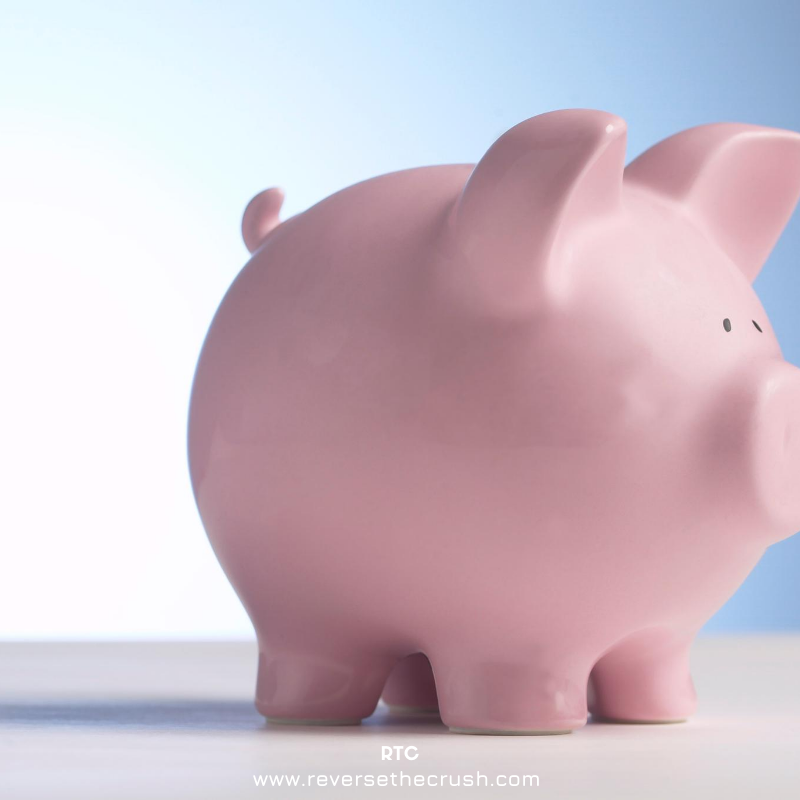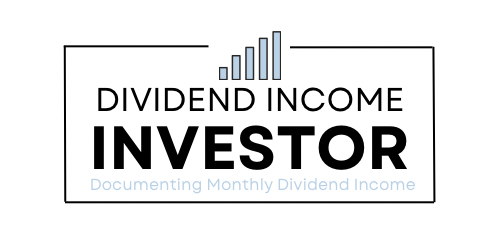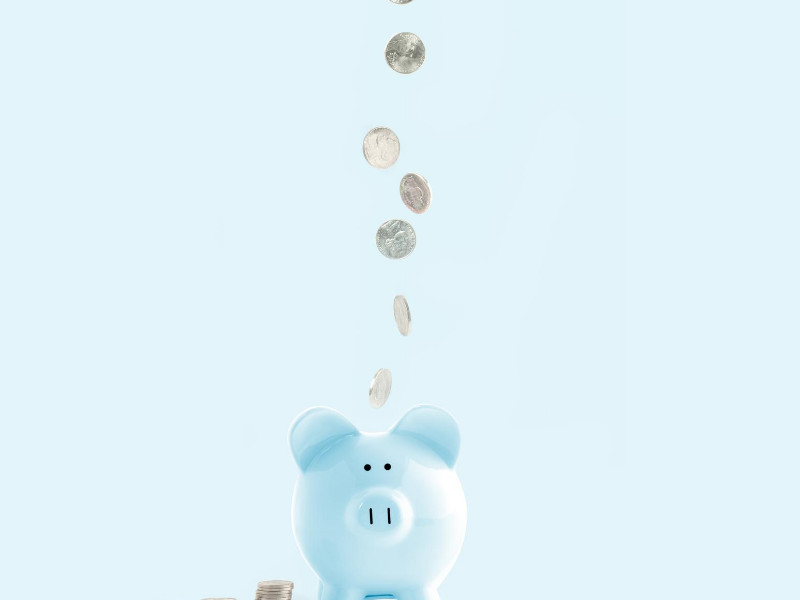Savings account high interest: Earn Interest risk-free. A safe way to generate interest, save for a house or save for an emergency.
In an increasingly unpredictable world, it’s comforting to have some of your wealth parked in a safe place.
I mean, at the peak of the pandemic, owning stocks was like being on a roller coaster ride. Some stocks hit 5 year lows and others were forced to cut dividend payments.
But this is ultimately why building wealth is about managing risk. To successfully build wealth in both good and bad times, a portfolio must be properly diversified.
One way to manage risk is to hold cash. Of course, if you’re holding cash, you might as well earn interest on it.
In this post, I will look at how to earn interest risk-free with a Tangerine savings account.
Let’s dive in with an overview of savings accounts and how they benefit your portfolio.
Savings Account High Interest

What is a Savings Account?
A savings account is an account that you put money in with the purpose of saving. Typically, a savings account will pay interest on the first business day of each month. Interest is usually calculated based on the daily closing balance of the account.
Also worth noting, a savings account is not intended for transactions like a chequing account is. In fact, if you make transactions with a savings account, most banks will charge fees.
Overall, savings accounts offer a risk-free way to earn interest while simultaneously keeping your money accessible.
Unlike other long-term investment options, savings accounts are highly liquid and easy-to-access.
Plus, they are risk-free. There are no market fluctuations like there are with stocks, and they are CDIC covered if the bank was to ever default.
Benefits of Savings Accounts
- Risk-free
- Accessible for emergencies
- Interest can supplement other income streams
- Portfolio diversification
- Portfolio Insurance
Downsides to Savings Accounts
- Low returns compared to the S&P 500
- Inflation will slowly erode the value of cash
- Interest rates are currently low
What is a Savings Account good for?
As we established earlier, building wealth is about managing risk.
If you properly manage risk and build your portfolio for the long-term, short-term market fluctuations can become opportunities instead of disasters.
For example, if a stock market correction occurs, you have cash in your savings account available to take advantage. That’s just one example of what a savings account is good for.
In addition, savings accounts are great for saving for a trip. The money is easy-to-access once you’re ready, and a high interest savings account will add extra interest to your travel money.
Otherwise, savings accounts are perfect for emergency funds and to save for a down payment on a house.

Tangerine Savings Account
One of the best rates currently available for Canadian savings accounts is from my affiliate, Tangerine.
For accounts opened between August 17, 2020 and October 14, 2020, Tangerine is offering 2.5% on deposits for 5 months (conditions apply – visit Tangerine for more information). To open an account and obtain the 2.5% rate, click the Tangerine ad above.
This rate is comparable to rates obtained by owning quality blue-chip stocks. However, it’s a completely risk-free rate.
To earn interest on the money I am saving for a down payment, I am planning to open a 2nd savings account with Tangerine to take advantage of the offer.
In turn, I will have two savings accounts—one for emergencies, and another for saving for a down payment.
Although that may seem excessive, in my opinion, I still need one more savings account to save for travel.
How much Cash should You keep?
The amount of cash you should keep depends on your personal risk tolerance.
Ideally, my goal is 10% cash, 90% equities, excluding money for a down payment or net worth from the value of a house. However, as I age, the percentage allocated to risk-free assets will increase.
In my forties, I estimate that I will allocate at least 25% to cash, bonds, and money market funds. The other 75% will be in equities. Plus, I will have some net worth tied into a house or condo.
In my fifties, I will likely allocate 50% of my portfolio to cash, bonds, GICs, and money market funds. 50% will remain in dividend paying blue-chip equities. And I will be close to paying off my house by then.
So, assess your risk tolerance and think about about what you are saving for. Also, talk to your financial advisor. Based on your assessment and your financial advisor’s opinion, decide on an asset allocation that is appropriate for you.

Savings Account High Interest: Concluding Thoughts
I earn interest in a savings account that I don’t include in the dividend income updates.
Personally, I use savings accounts to save for a down payment on a house and for my emergency fund.
To separate the funds, I will open a savings account with Tanagerine to take advantage of their current rate promotion. This will allow me to earn 2.5% interest risk-free on money I will use towards a down payment on a house.
The rest of my portfolio is in my TFSA and RRSP. I hold Canadian equities in my TFSA, and USD equities in my RRSP.
In summary, a savings account is a risk-free way to earn interest. They are optimal investment options for emergency savings, saving for a house, and to save for travel.
Moreover, savings accounts are another way to add proper diversification and balance to your portfolio.
Even though I am a long-term equity investor, I still aim to have 10% of my portfolio in cash at all times.
Because if you manage risk properly, you will be able make better investment decisions to reach financial independence along the way.
Related:
How To Budget – 7 Simple Steps To A Successful Budget
Pay Yourself First – How To Pay Yourself First
5 Expenses To Cut-Out To Increase Cash Flow
I am not a licensed investment or tax adviser. All opinions are my own. This post may contain advertisements by Monumetric and Google Adsense. This post may also contains internal links, affiliate links to BizBudding, Amazon, Bluehost, Tangerine, Fintel Connect and Questrade, links to trusted external sites, and links to RTC social media accounts.
Connect with RTC
Twitter: @Reversethecrush
Pinterest: @reversethecrushblog
Instagram: @reversethecrush_
Facebook: @reversethecrushblog
Email: graham@reversethecrush.com


 Dividend Income Report August 2020
Dividend Income Report August 2020
